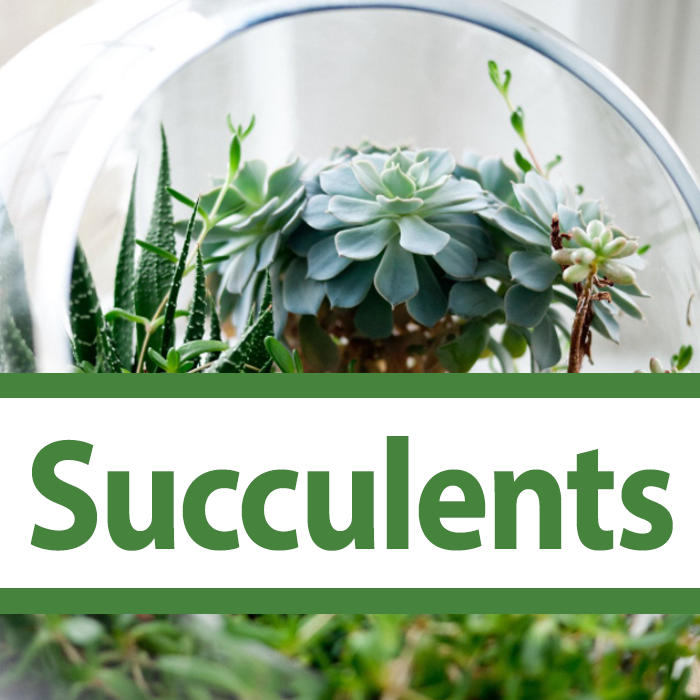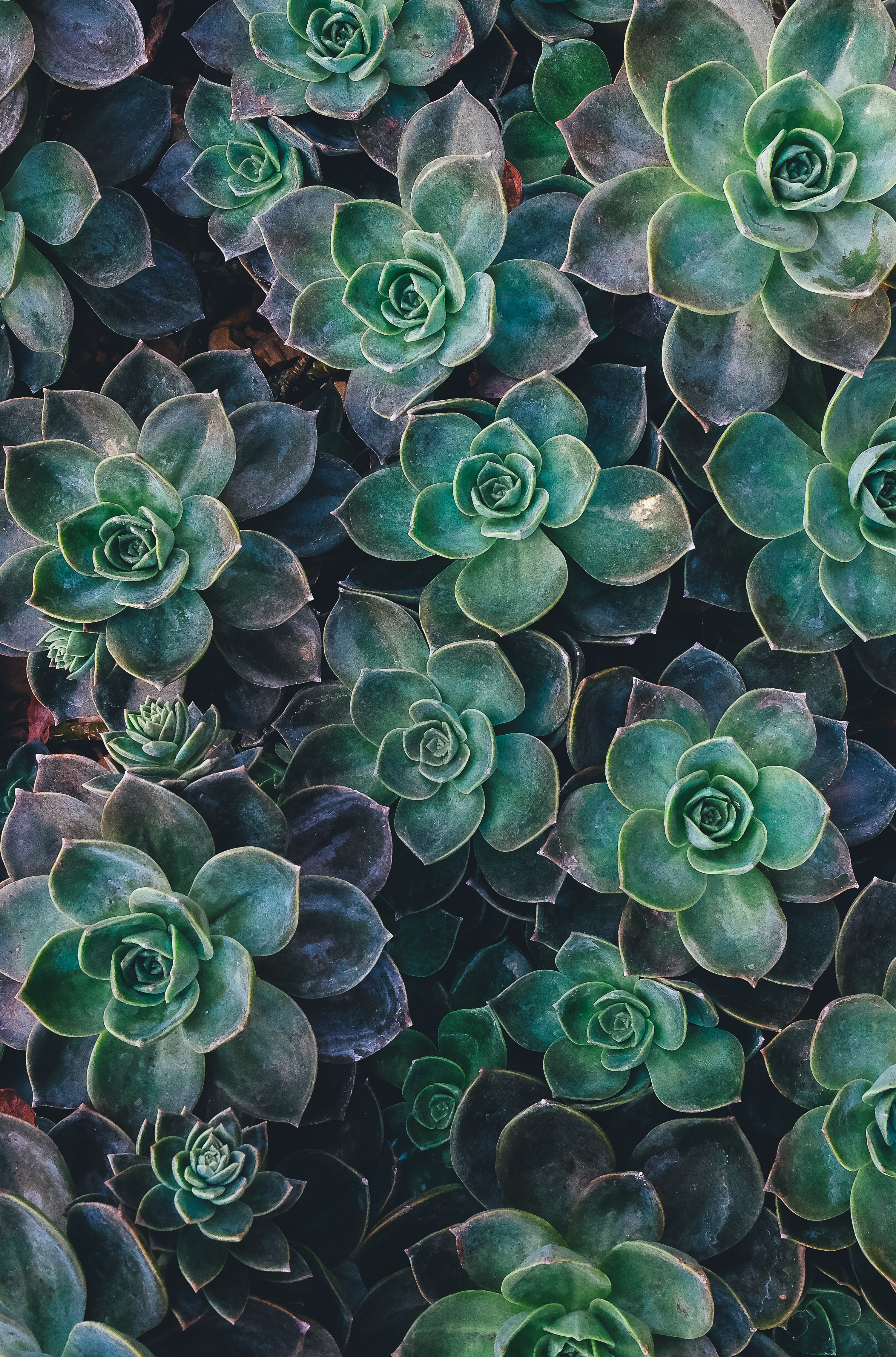Taking careof succulents is easy with Algoplus fertilizers and supplies.
Succulents

We have revamped our online store to make finding, selecting and buying ALGOplus products simpler than ever!

Taking careof succulents is easy with Algoplus fertilizers and supplies.

Photo by Annie Spratt
Succulents thrive in both warm and dry climates because of their special ability to store water, and they have nothing against small neglect. Succulents in the interior are revered for their thick, juicy leaves, carefully crafted by Mother Nature to retain water. They are therefore well suited for indoor cultivation and ideal for people who want easy-care indoor plants.
These desert dwellers thrive in hot, dry climates, making them ideal for recipients who lack the green thumb.
Some succulents develop well indoors, including aloe and kalanchoe, but most plants rely on good air circulation to breathe.
It is hard to imagine that you can pot more than two or three planters with at least one spiller, but you can do that by making sure that you treat your best succulents like indoor plants.
Some will hang there, even if you forget to water them for a while, but special water storage tissue allows them to survive in environments that are too dry for most other plants. While some appreciate plenty of light, most succulents need sunscreen, with very few surviving in full shade, and even more so when temperatures reach 90 degrees. They thrive best when they thrive in hot temperatures and full sunlight.
Succulents also thrive in dry air and warm temperatures, which most houses already have, so you do not have to convert when growing one in the living room. Whether you are a new plant parent or starting a collection, here are eight of the best indoor succulents you can buy to start your collection.
Easy to find in garden centers and nurseries, they are easy to grow and adapt well to life inside. Succulent seeds grow more slowly, start much smaller than their cacti and succulents, and reach transplant size in less than a year, even after transplantation. The best flowerpot medium for succulents is one that has been developed specifically for cacti or succulents, such as a well-drained mixture of potting soil, water, or a combination of both.
For many plants, most pot plants have a normal soil mix that works, but for many of these plants, they eventually shrink and fall out or fall off.
Succulents are designed to withstand a variety of conditions such as high temperatures, high humidity, and high heat, so normal potting soil simply will not cut them for them. Once you get your plants home, you can transform their soil into a mixture of desert dwellers by combining half pot soil with something inorganic.
The secret to successful succulent cultivation is to give them their natural habitat, which is mostly warm and dry and has minimal rainfall of up to 20 inches per year. Super good - well-drained soil, high humidity, and high heat will work well for most succulents because they can thrive and thrive in hot, sizzling soil with little to no soil moisture and little water.
While succulents normally tolerate as much water as they would get in this habitat, their roots rot quickly if the soil remains moist. Super good - well-drained soil, such as the succulents you grow in your garden, gives the roots excellent drainage.
Very few succulents thrive where temperatures drop below freezing for a long time. When you include tender succulents, they need a winter pot indoors, and very few survive in the cold.
The average garden annuals can only do photosynthesis during the day, but a large group of succulents undergoes this process by opening their pores and sucking carbon dioxide. This semi-permeable membrane contains salt - enriched juice that helps absorb moisture from the outside world. One reason they thrive in the sun and root wherever they fall is their high moisture content.
The result is that they save more water and therefore can survive longer, and the more they grow, the better.
Succulents are grown in greenhouses, which means that they gradually must get used to the sun and get plenty of sun, especially in the hottest months. This is a very delicate line because succulents receive vastly different guidelines on how much sun a plant should receive. Succulent plants need the soil dry, so that water gets into the entire root system, and then they need to dry out. They need water in the morning and evening, but not too much or too little, as long as it is dry enough for the water to reach the whole plant, not just the roots.